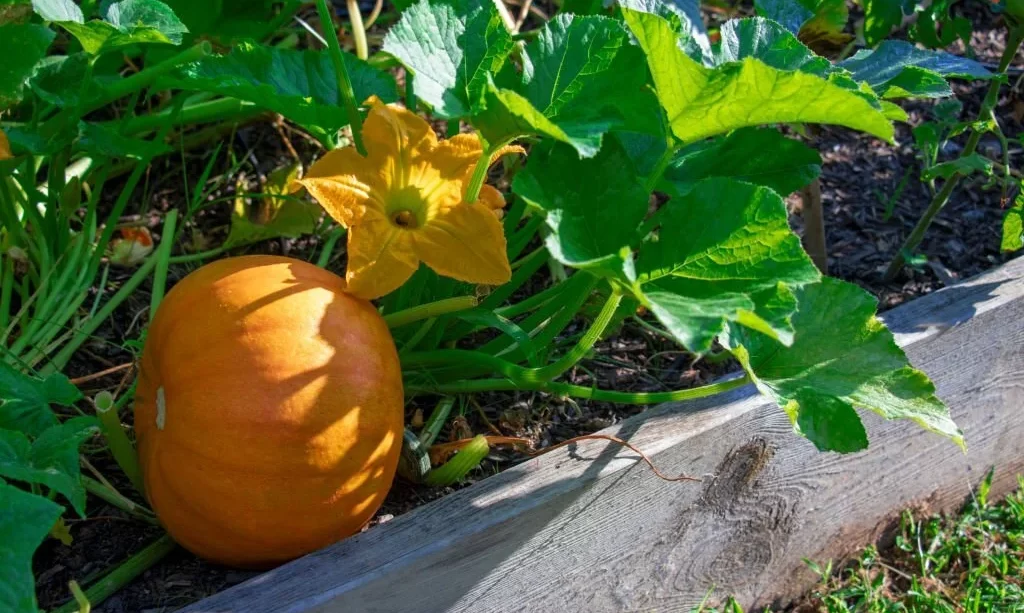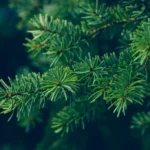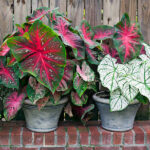Pumpkin plants, with their sprawling vines and vibrant orange fruits, are a quintessential symbol of the fall season. However, if you’re noticing that the leaves of your pumpkin plant are turning yellow, you might be wondering what’s causing this change. In this informative guide, we’ll explore the various factors that can lead to yellowing pumpkin leaves and offer insights into how to address this issue effectively.
- STIMULATE & ACCELERATE: An acidic foliar fertilizer that feed through roots and leaves which contains a blend of plant growth stimulants and other nutrients designed to accelerate plant growth and improve yields
- MICRO-NUTRIENTS: Contains micro-nutrients and vitamins plants need
- HIGH CONCENTRATE: 1-2 oz per gallon of water; makes up to 32 gallons of fertilizer
- GUARANTEED ANALYSIS: 11% Nitrogen | 8% Phosphorus | 5% Potassium with .02% Boron .1% Iron .05% Manganese .05% Zinc
- MEASURE & POUR: Comes in an easy measure and pour bottle that allows the end-user to measure and pour a specific dosage by simply squeezing the bottle. See images for directions.
Natural Leaf Aging
The process of yellowing in pumpkin leaves can sometimes be attributed to the natural aging of the plant:
- Bottom-Up Progression: As pumpkin plants grow and develop, their older leaves, particularly those situated closer to the base of the plant, tend to age and gradually turn yellow.
- Resource Allocation: Just as trees shed leaves in the fall to conserve resources, pumpkin plants shed their older leaves to redirect nutrients and energy towards new growth and the development of pumpkins.
- Normal Occurrence: It’s important to note that the yellowing and eventual dropping of older leaves is a normal part of the plant’s life cycle. The overall health of the plant isn’t necessarily compromised by this process.
Understanding the natural leaf aging process in pumpkin plants can provide you with peace of mind as you care for your garden. As we delve deeper into the potential causes of yellowing pumpkin leaves, you’ll be equipped with the knowledge needed to make informed decisions about maintaining the vitality of your plants.
Soil Moisture Imbalance
The condition of the soil and how you manage moisture levels can impact the color of pumpkin leaves:
- Overwatering: Excessive watering can lead to a soil moisture imbalance, causing the roots to become stressed and preventing the plant from absorbing nutrients effectively. This can result in yellowing leaves.
- Underwatering: Conversely, insufficient watering can also stress the plant, leading to wilting and yellowing of leaves. It’s crucial to maintain a consistent watering routine.
- Well-Draining Soil: Use well-draining soil to prevent waterlogged conditions that can lead to root stress. Ensure that excess water can escape through drainage holes in the planting container.
- Super Concentrated Mycorrhizae: Over 300 propagules per gram, 135,000 per pound! Our Premium Mycorrhizal Inoculant is always alive and fresh! Not masked with small amounts of NPK fertilizers to give the perception that the mycorrhizae has colonized the plant. This is straight 100% super concentrated mycorrhizal inoculant. Buy with confidence backed by 16 Guinness World Records in competitive gardening!
- The most powerful Mycorrhizal Inoculant on the market! Does not contain any GMO’S. Increasing nutrient and water capacity and maximizing yields. Standard root systems can’t simply reach pockets of nutrients and water without the “super – mining” effects that mycorrhizal gives to your plants. WOW Mycorrhizal Inoculant will increase nutrient and water uptake, along with shielding your plants roots from disease.
- Explosive Root Growth, Increased yields, increased fruiting and flowering, increased nutrient and water absorption. Use at time of planting, when transplanting or add to established plants.
- Improves efficiency of nutrients & water, Reduced Drought Stress, Higher resistance to various soil and root-borne pathogens. Perfect for reducing transplant shock.
- Fast acting, super concentrated! Superior results in field trials. Extensive root system Increases plant biomass and yield by up to 300%. 1 pound can treat up to 90 plants.
Nutrient Deficiency
A lack of essential nutrients in the soil can manifest as yellowing leaves in pumpkin plants:
- Nitrogen Deficiency: One common nutrient deficiency that can cause yellowing is a lack of nitrogen. Nitrogen is vital for the production of chlorophyll, which gives leaves their green color.
- Symptoms: In cases of nitrogen deficiency, older leaves may turn pale green and then progress to yellow. The veins of the leaves often remain green.
- Balanced Fertilization: To address nutrient deficiencies, consider applying a balanced fertilizer formulated for vegetables. This will ensure that your pumpkin plant receives the necessary nutrients for healthy growth.
Understanding the significance of soil moisture and nutrient availability in maintaining healthy pumpkin leaves is essential for successful gardening. By addressing these aspects and taking appropriate actions, you can help your pumpkin plants flourish and produce the iconic orange pumpkins that are synonymous with the fall season. As we explore additional factors contributing to yellowing leaves, you’ll gain a comprehensive understanding of pumpkin plant care.
Pest and Disease Issues
Pumpkin leaves can turn yellow due to the presence of pests or diseases:
- Aphids and Mites: These tiny pests can feed on the sap of pumpkin leaves, causing them to yellow and distort. Keep an eye out for signs of pest infestations, such as clusters of insects or distorted growth.
- Fungal Diseases: Diseases like powdery mildew can lead to the development of white powdery spots on leaves, which can cause them to turn yellow over time.
- Prevention and Treatment: Regularly inspect your pumpkin plants for signs of pests and diseases. Applying appropriate treatments or removing affected leaves can help prevent the spread of issues.
Environmental Stress
Environmental factors can contribute to the yellowing of pumpkin leaves:
- Temperature Fluctuations: Rapid changes in temperature, especially cold snaps, can stress the plant and lead to yellowing leaves.
- Sunburn: Intense sunlight, especially during hot summer days, can cause sunburn on pumpkin leaves, resulting in yellow or brown patches.
- Wind and Physical Damage: Strong winds or physical damage to the leaves can lead to stress and yellowing.
- Shade and Sunlight Balance: Make sure your pumpkin plants receive an appropriate balance of shade and sunlight. Avoid placing them in locations where they are exposed to harsh weather conditions.
- 100% Natural & Organic Fertilizer Contains NO GMOs (Genetically Modified Organisms)
- Super Concentrated Slow Release – feeds plants and soil over time Treats up to 100 sq ft or 28 1-gallon plants up to 4 months.
- Improves Plant Growth Will not burn plants ( when used as directed )
- 6-2-3 Organic Fertilizer With 25% WOW Mycorrhizae plus Kelp & Humates For use in soil amending, transplanting, and established plants 100% Natural and Organic
- Contains Mycorrhizae for explosive root growth Contains WOW Mycorrhizae,At Least 85,000 Microbes Inside 2.2 lb Bag. Increases absorption of nutrients and water
Soil pH Imbalance
The pH level of the soil can influence nutrient availability and affect pumpkin leaf color:
- Acidic Soil: If the soil is overly acidic, it can hinder the plant’s ability to take up essential nutrients like iron. This can lead to yellowing leaves, especially between the veins.
- Alkaline Soil: Similarly, excessively alkaline soil can also impede nutrient uptake and result in yellowing leaves.
- Soil Testing: Conduct a soil test to determine the pH of your soil. Based on the results, you can adjust the pH using appropriate soil amendments.
Conclusion
The yellowing of pumpkin leaves is a clear signal that your plants are communicating their needs. By considering factors such as natural leaf aging, soil moisture balance, nutrient availability, pest and disease issues, environmental stress, and soil pH, you can diagnose the cause of the issue and take effective action. Pumpkin plants, with their vibrant fruits and leaves, contribute to the beauty of your garden and the spirit of the fall season.
As you continue to care for your pumpkin plants, remember that gardening is a journey of observation, learning, and adaptation. By tending to your plants and addressing their needs, you’re fostering a harmonious relationship with nature and cultivating a space where life thrives. With the insights gained from this guide, you’re well-equipped to nurture your pumpkin plants back to health and ensure a bountiful and colorful harvest.






